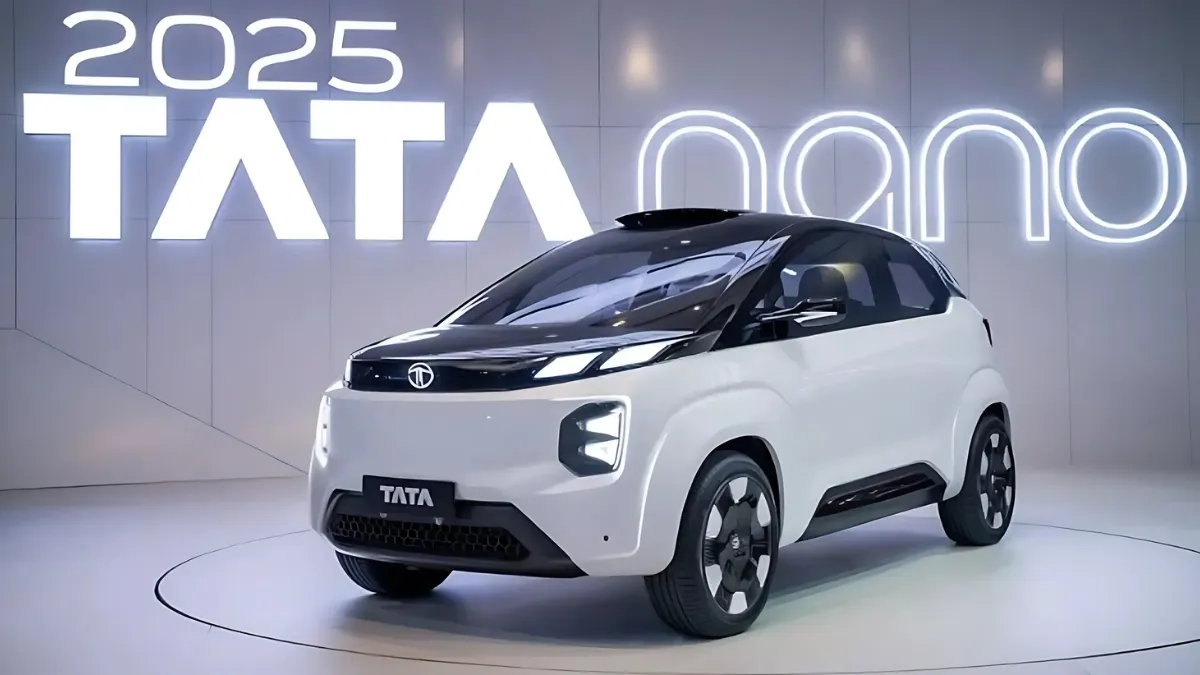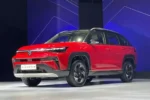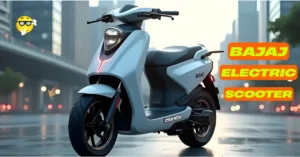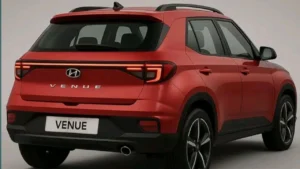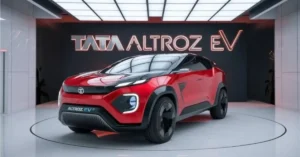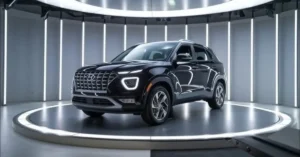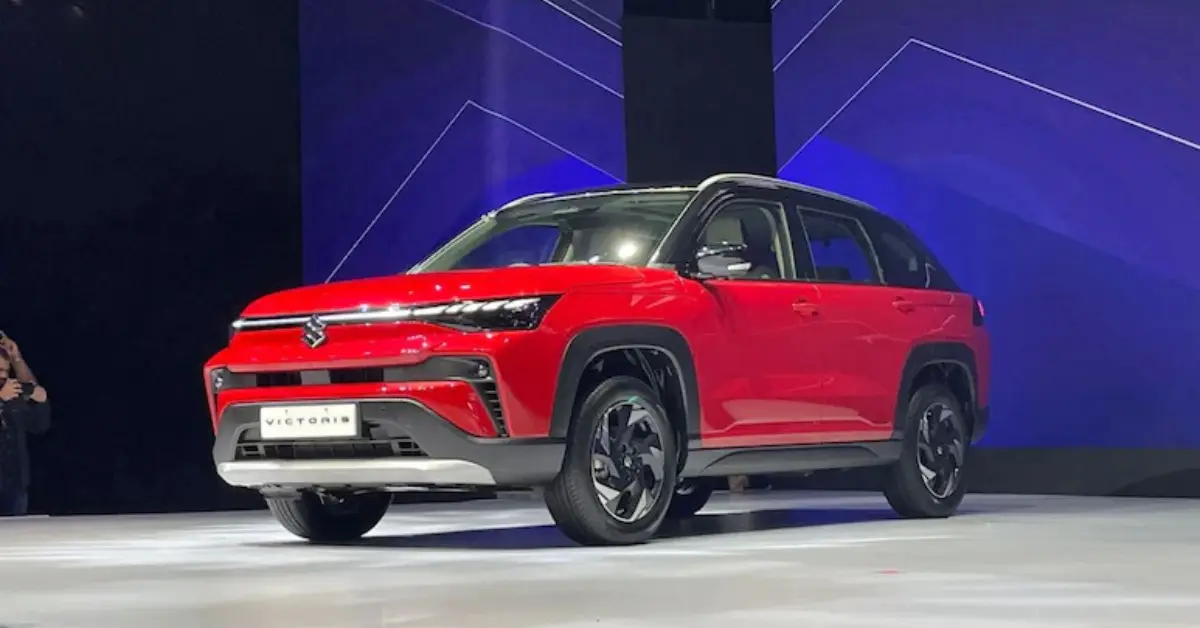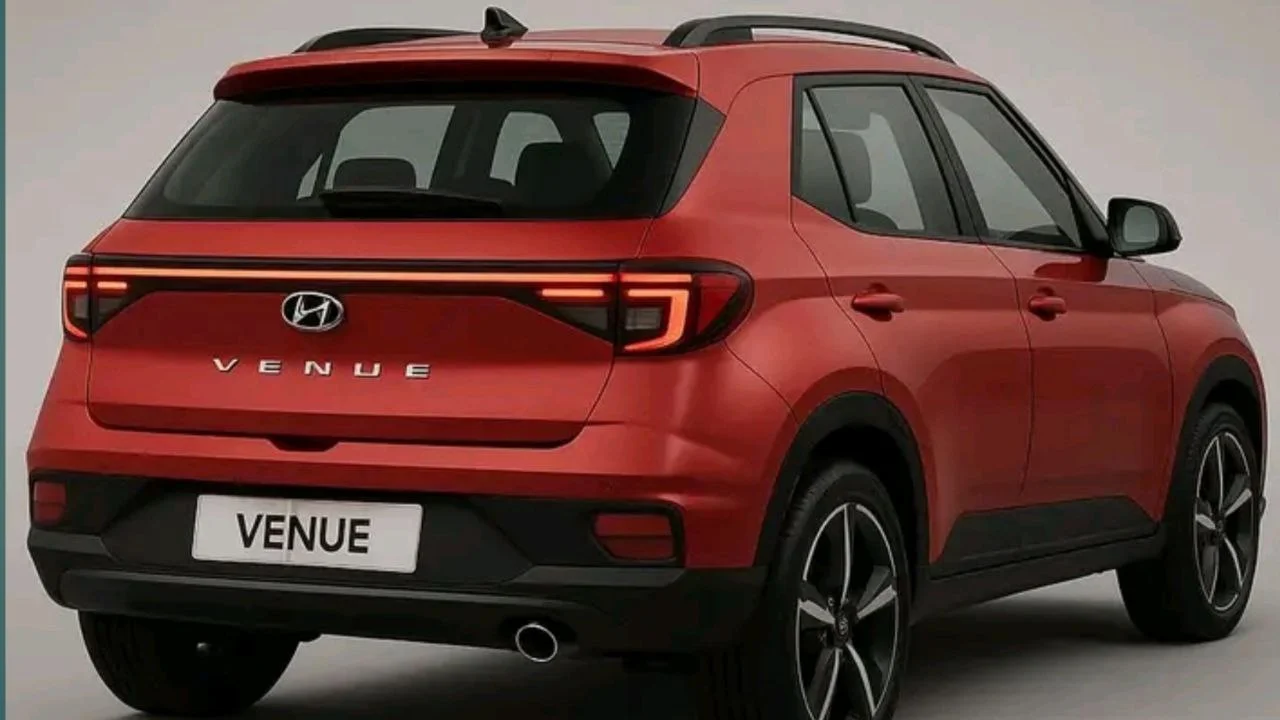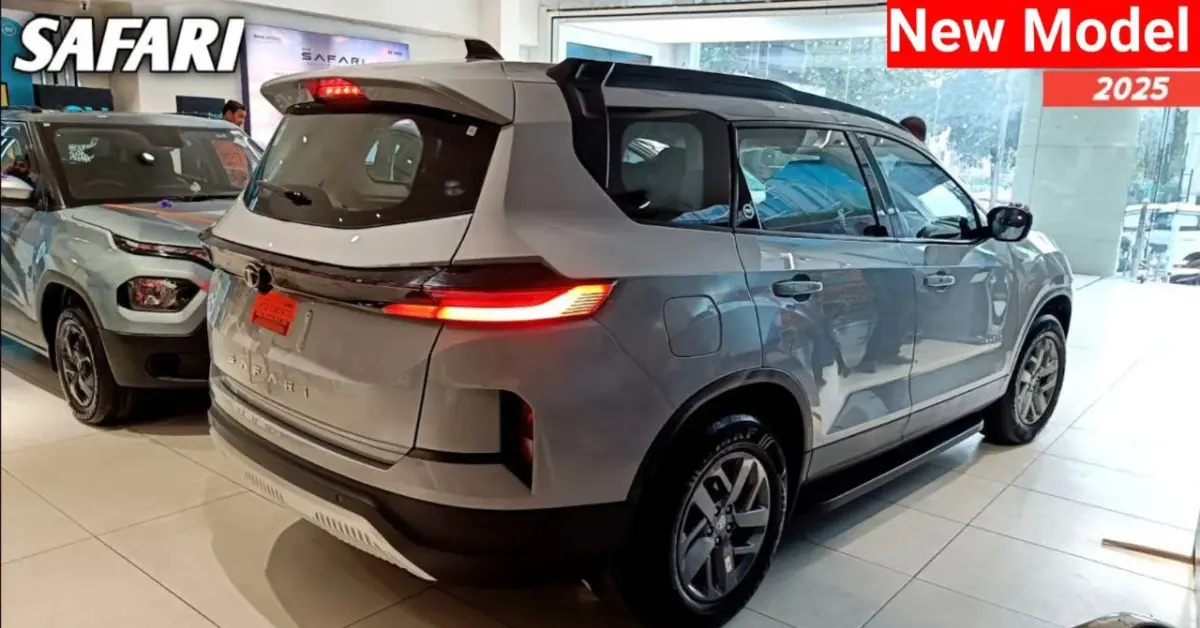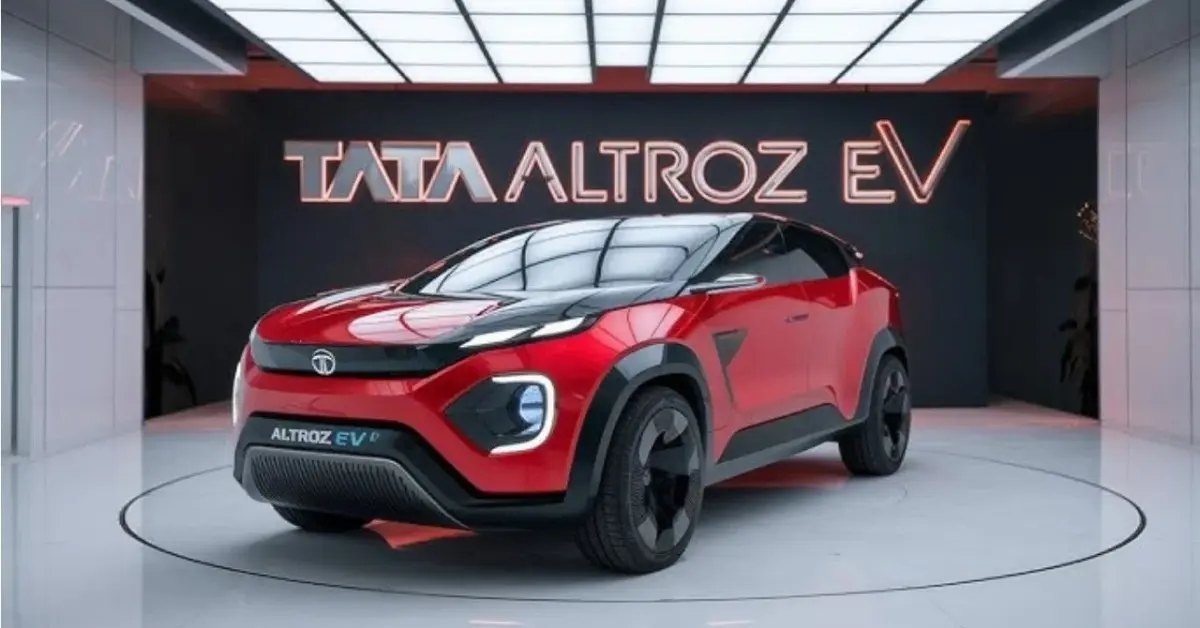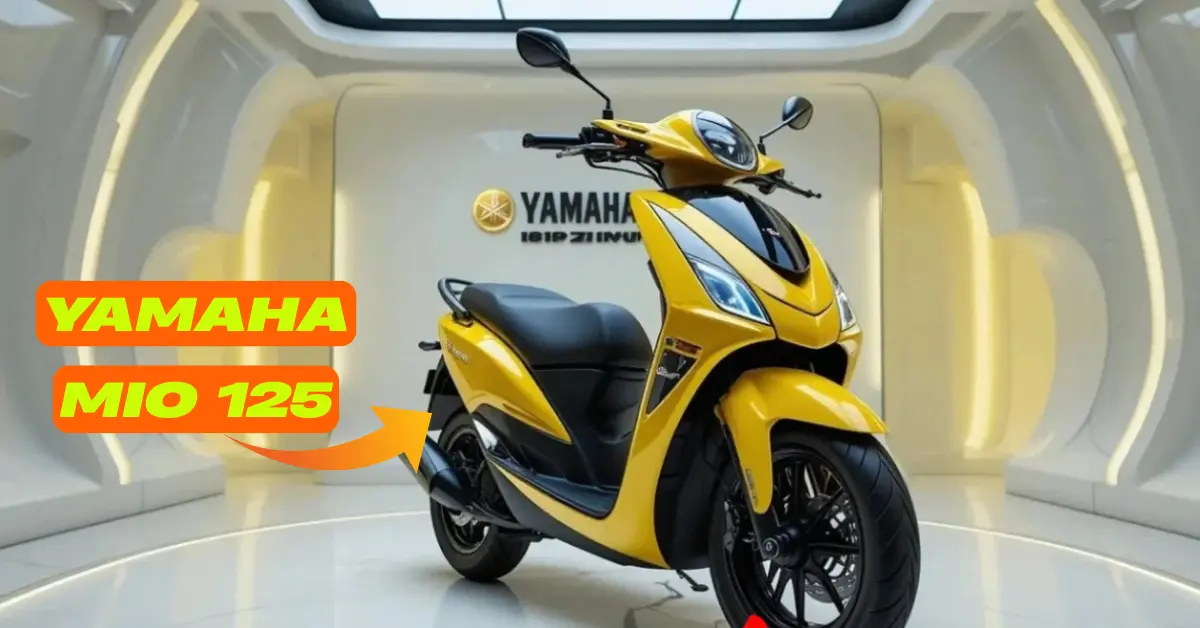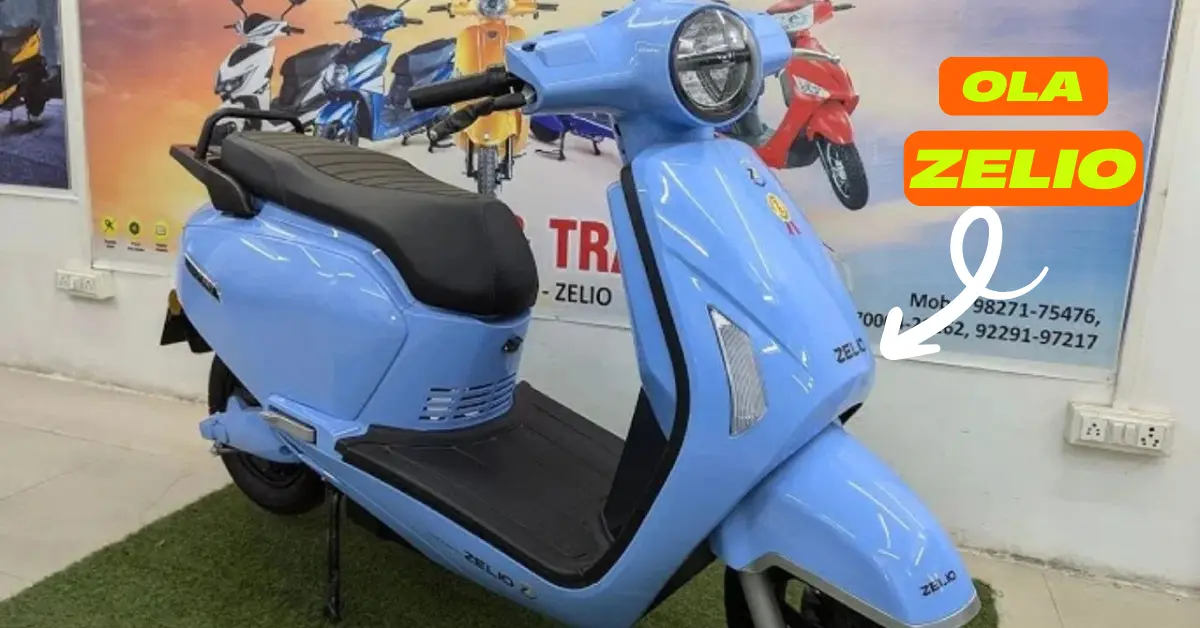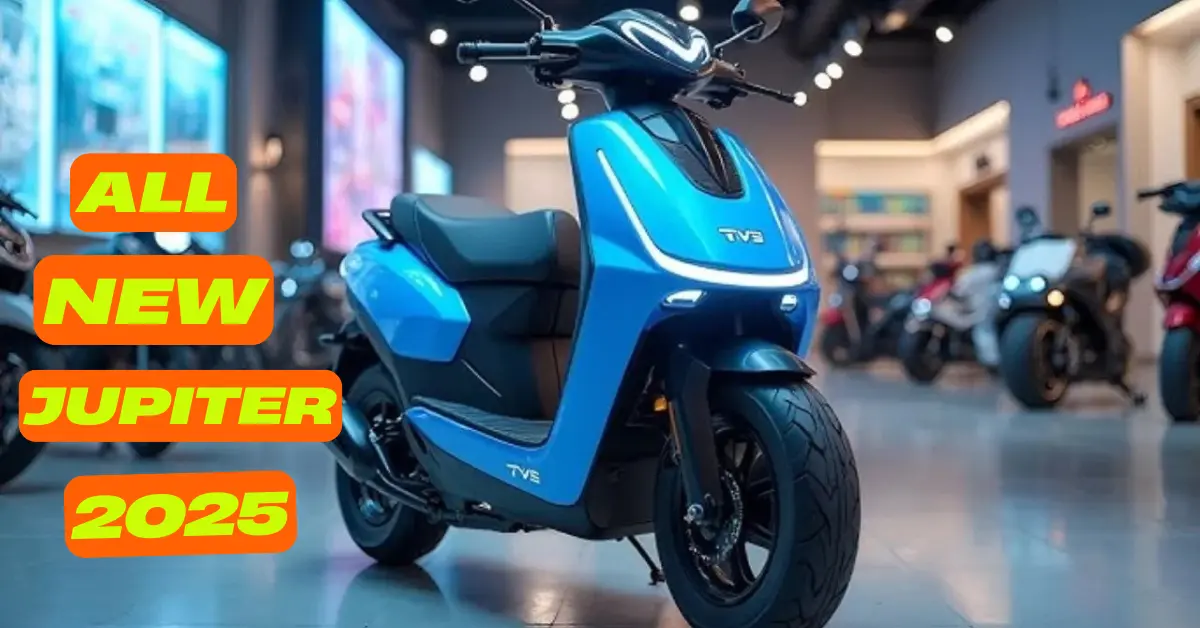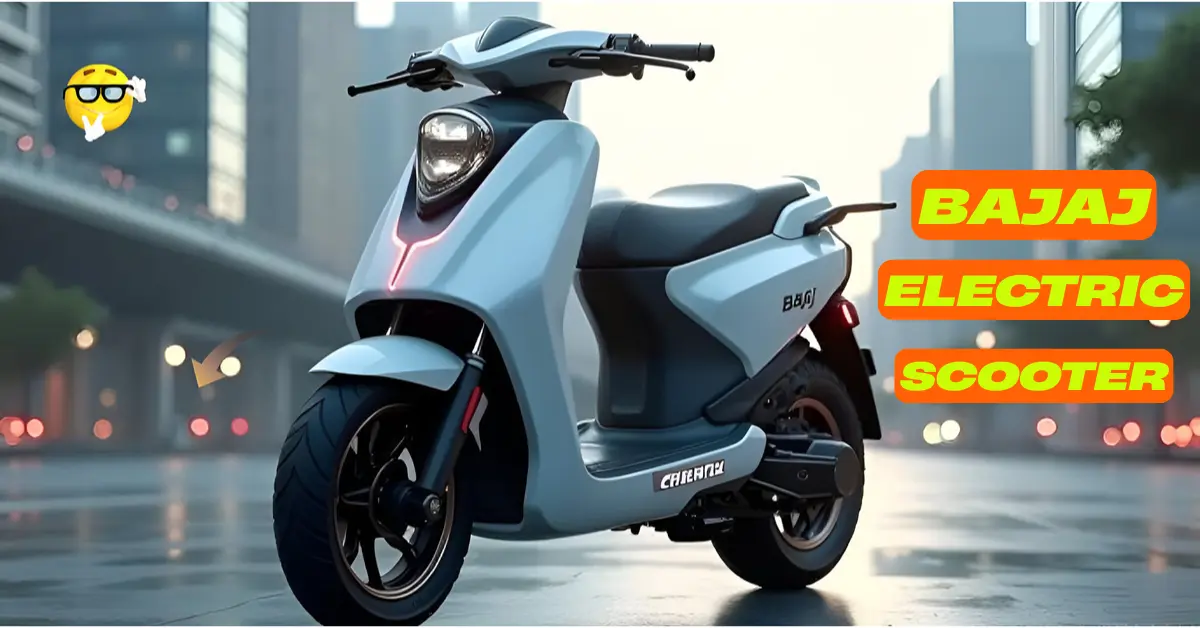Tata Nano EV 2025: The automotive world is abuzz with news that Tata Motors is bringing back India’s most famous small car – but this time with an electric heart. The upcoming Tata Nano EV promises to revolutionize urban mobility by offering zero-emission transportation at an unprecedented price point, potentially making electric cars accessible to first-time buyers and budget-conscious families across India.
A Familiar Shape With Modern Twists
While retaining the iconic compact dimensions that made the original Nano perfect for crowded city streets, the electric version gets a complete design refresh. The front end features a sleek, grille-less face with striking LED daytime running lights that give it a contemporary look.
Spy shots reveal redesigned bumpers and larger 14-inch alloy wheels that fill out the wheel arches better than before. Inside, drivers will find a surprisingly modern cabin featuring a 7-inch digital display and touchscreen infotainment system – a world away from the spartan interior of the gasoline Nano.
Engineered for Real-World Urban Use
Tata is reportedly equipping the Tata Nano EV with a practical 19-21 kWh battery pack that should deliver 200-250 km of real-world range – more than enough for daily commuting in any Indian city.
The car will support both standard home charging and DC fast charging, with the latter capable of replenishing the battery from 10% to 80% in about an hour. This combination of adequate range and quick charging makes the Nano EV particularly appealing for fleet operators and urban families alike.
Safety First Approach
Learning from criticism of the original Nano, Tata is ensuring the electric version meets modern safety standards. The car will come with dual airbags, ABS with EBD, and rear parking sensors as standard equipment across all variants. Higher trim levels may offer additional features like a reverse camera and connected car technology, making this potentially the safest Nano ever built.
Democratizing Electric Mobility
What truly sets the Tata Nano EV apart is its expected price point of ₹4.5-6 lakh (ex-showroom), which would make it India’s most affordable electric car by a significant margin.
When combined with the lower operating costs of an EV and potential government subsidies, the Nano EV could finally bring electric vehicle ownership within reach of middle-class Indian families. Tata’s extensive service network and growing EV charging infrastructure provide additional peace of mind for prospective buyers.
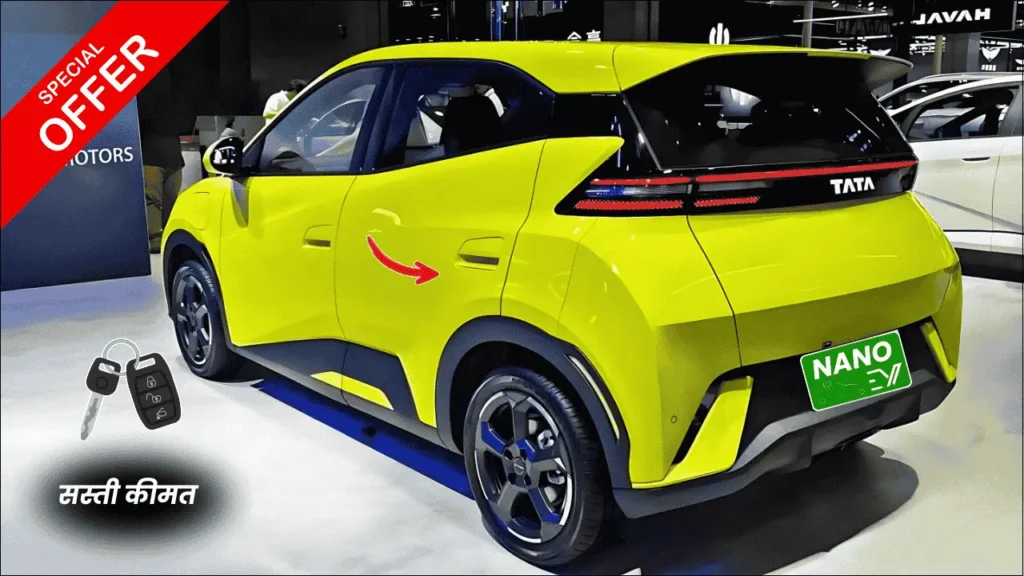
The Competition Landscape
While the Tata Nano EV won’t have any direct competitors at its price point, it will compete with more expensive options like the MG Comet EV and entry-level variants of the Tata Tiago EV. However, its unique combination of compact dimensions, adequate range, and ultra-affordable pricing could carve out a new market segment altogether.
A Second Chance for an Icon
The original Nano, despite its ambitious vision, ultimately fell short of expectations. But with the electric version, Tata Motors has an opportunity to rewrite history.
By combining the Nano’s revolutionary compact packaging with the environmental benefits and low running costs of an electric powertrain, the Nano EV could become the people’s car for India’s electric future. Its success could pave the way for more affordable EVs in the Indian market, accelerating the country’s transition to sustainable mobility.
Also Worth Considering:
- MG Comet EV for those wanting more premium features
- Tata Tiago EV for buyers needing more space
- PMV EaS-E as an alternative micro EV option
Final Thought – Tata Nano EV
The Tata Nano EV represents more than just another electric car – it’s a bold attempt to make EV ownership truly mainstream in India. If it delivers on its promises, we might be looking at the vehicle that finally brings electric mobility to the masses.
Also Read:

